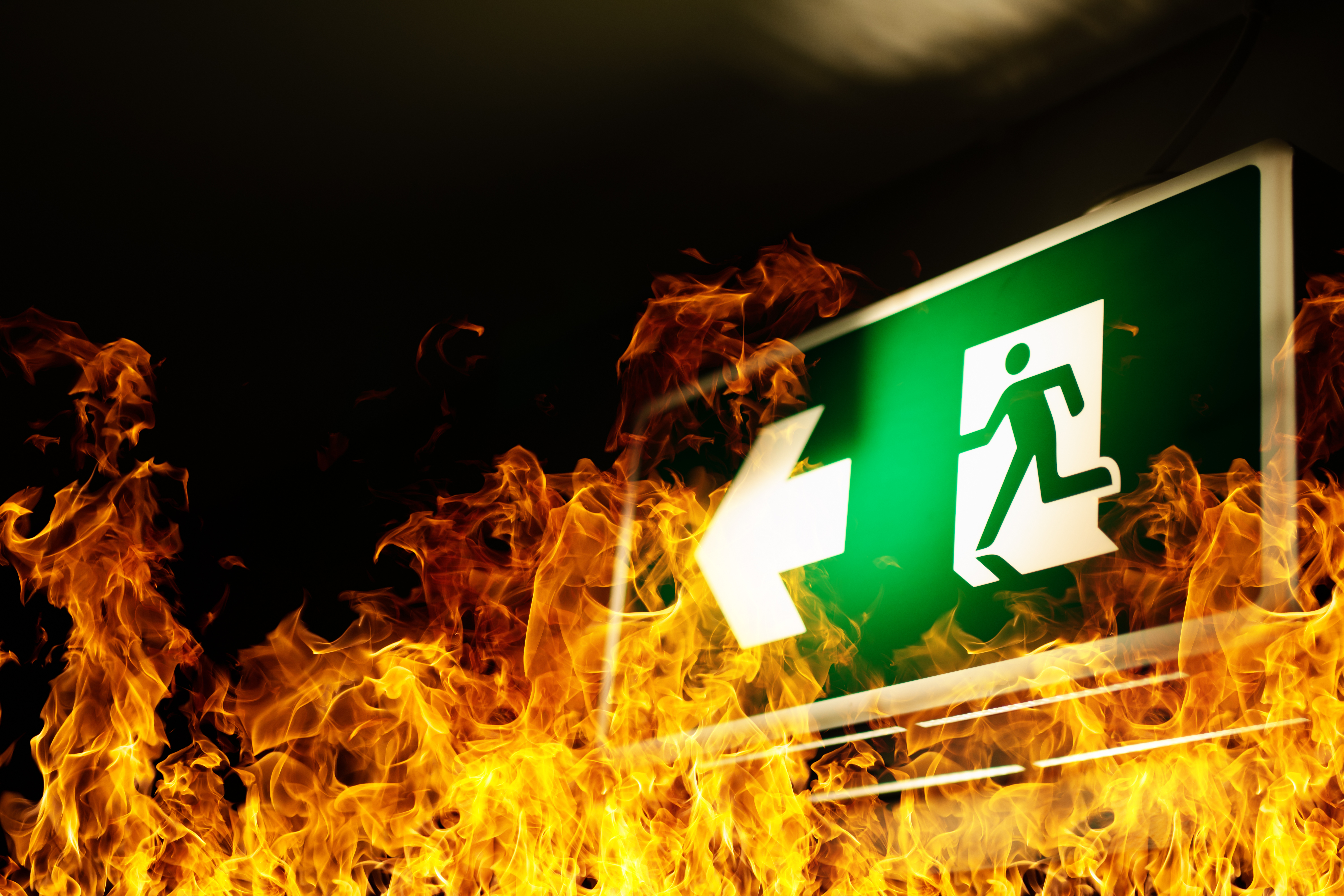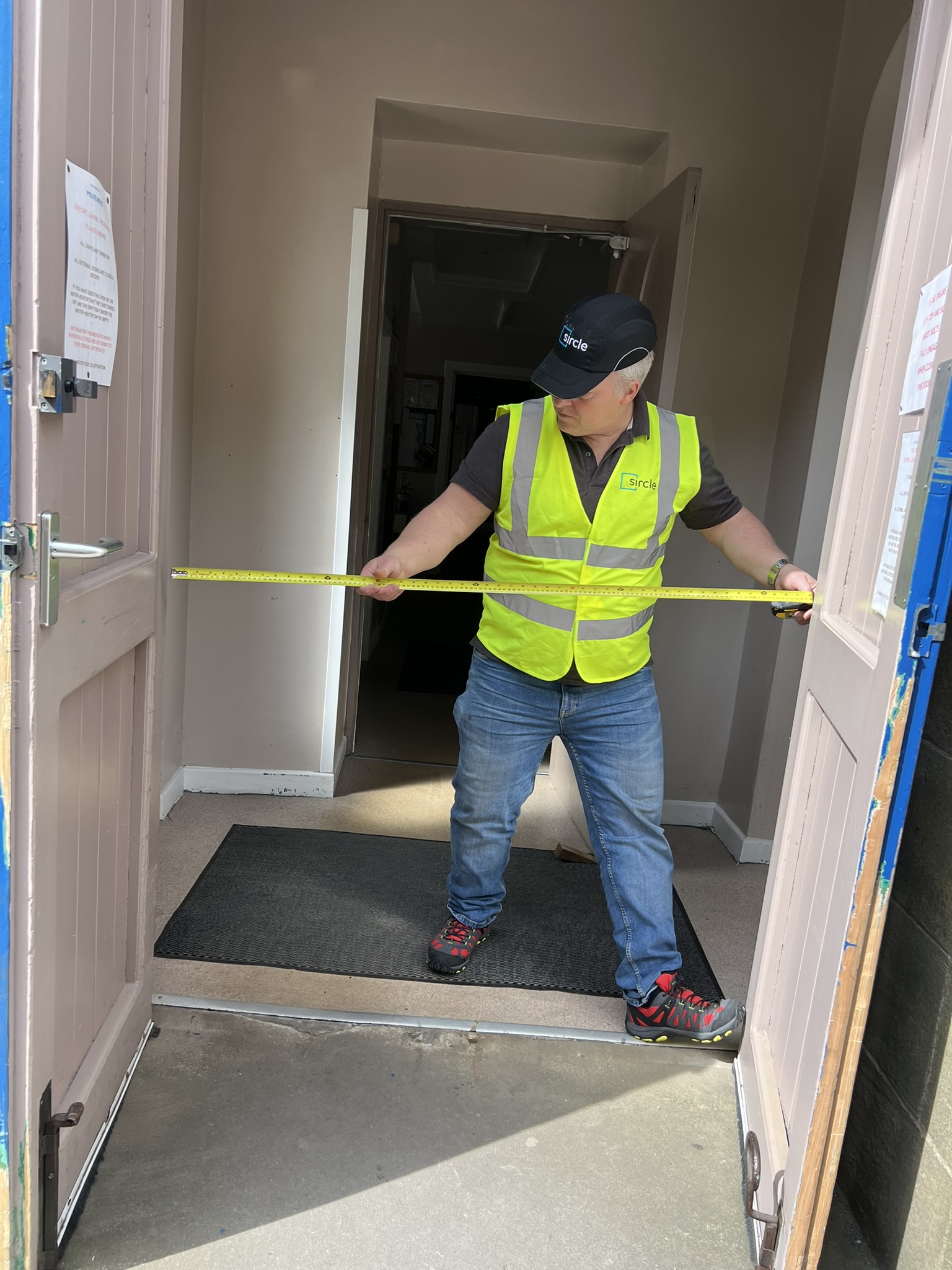
Navigating fire safety challenges in social housing
The landscape of fire safety in social housing is undergoing significant scrutiny says Anthony Walker

A Retrospective Fire Strategy provides a comprehensive assessment of a building’s fire safety measures, comparing them to the fire safety standards in place at the time of construction. It identifies any gaps between the original safety provisions and current, more stringent fire safety regulations. This strategy focuses on key areas such as means of warning and escape, internal and external fire spread, and access and facilities for the fire service.
The purpose of this assessment is to ensure that the building’s fire safety measures were compliant when it was built, offering a clear justification for its original compliance. It also highlights where improvements may be necessary to meet modern fire safety standards, as fire safety legislation evolves over time. Retrospective Fire Strategies are especially useful when requested by fire officers to demonstrate compliance with the Building Regulations applicable at the time of construction.

At Sircle, we offer highly experienced fire risk assessors who have extensive knowledge across a wide range of property types. Our multi-disciplinary team brings in-depth expertise to assess and analyse key areas of fire safety, ensuring that we address every aspect of your property’s needs. As a one-stop shop for all surveying services, Sircle provides a comprehensive solution for all your fire safety and compliance requirements.
Examples of Sircle carrying out retrospective fire strategies.

A Sircle surveyor inspecting a fire door, which is a critical element of a retrospective fire strategy.

A Sircle surveyor carrying out one of the elements of a retrospective fire strategy.
Key elements of a retrospective fire strategy will include, but are not limited to, the below:
• B1 Means of warning and escape
• B2 Internal fire spread (linings)
• B3 Internal fire spread (structure)
• B4 External fire spread
• B5 Access and facilities for the fire service
